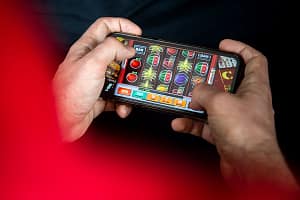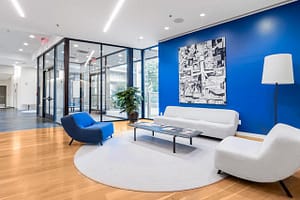You walk in and there’s music coming through the floor, not just the speakers. Lighting shifts as you move, guiding your focus without you realizing it. You might be handed a drink straight from a foggy tray, the glass cold in your hand, and the smell hitting before you take a sip.
That’s what these newer events do best. They don’t just fill your night—they draw you in with sound, light, movement, even scent. You’re not just watching something happen. You’re part of it. And once you experience it, regular nights out just don’t feel the same.
More than meets the eye: Why the senses matter
Here’s the thing. We don’t remember things through just one sense.
Scientists have found that when more than one sense is engaged, your brain lights up differently. Memory recall improves. Emotional responses become stronger. One well-known study even showed that scent has a direct route to the brain’s limbic system, the part responsible for memory and emotion. That’s why a faint whiff of something familiar can take you back years in a split second.
That’s something more events are starting to lean into. A quick shift in light, the scent of food, a sound cue—sometimes it’s those small things layered together that make the moment stick. Not just what you saw, but what surrounded it.
Where it’s happening: Real-world multisensory formats
Multisensory events aren’t just a concept anymore. They’re happening in real venues, with real guests, and real impact. Some formats are entirely new, while others are familiar concepts taken several steps further.
Dinner + theatre that tells a story
Events like this do more than pair food with a show. Guests are served courses that mirror what’s happening on stage. One second, the lights flicker. Next, a voice whispers nearby as projections dance across the wall. A server hands you a cocktail that tastes like it belongs in the scene, and somehow, your fork is part of what’s unfolding.
That’s the heart of immersive theatre shows. You’re not just watching—you’re pulled in. You move through spaces. You touch props. You taste something designed to match the moment.
Musical tastings and sound-driven flavour
In Spain, there’s a concept called Sensorium where food and sound are choreographed. Think of sipping a citrus cocktail while forest sounds play in the background, or eating rich chocolate to the crackle of a campfire. The idea is to align taste with emotional triggers through sound—and it works. Guests consistently report stronger emotional reactions and deeper enjoyment.
Worlds built to be walked through
Places like Meow Wolf don’t just give you things to look at. They build full environments where your senses are constantly reacting. Even spots like 58th Street are now known for leaning into this kind of immersive experience. Designers are layering in projection, reactive sound, and interactive walls to give familiar venues a completely new feel.
Pop-ups that pull you in
Some events don’t ask you to just stand back and look. They bring you closer.
There are exhibits now that let you walk through giant moving paintings, with music and light shifting as you go. It’s more like drifting inside the artwork than just viewing it on a wall.
It’s the kind of setup that’s making its way into more shows and galleries. Less explaining. More experiencing.
Why people want to feel everything now
A lot of people just want to be in the moment again. After spending years glued to screens, that need for something physical—something real—is stronger than ever.
It’s not just about watching a show or hearing music anymore. You might taste something that fits the mood. The lights shift in sync with the sound. Those are the details people tend to hold onto. And multisensory events meet that need better than anything else.
This shift isn’t just preference. It’s demand. Planning an event now means thinking beyond lights and speakers. Maybe the food lines up with the story being told. Even the texture of what you’re sitting on might change how the whole thing feels. None of it screams for attention, but together, it sticks with people.
What it means for the future of entertainment
The walls between art forms are coming down. A meal isn’t just a meal. It’s theatre. A concert might be wrapped inside a dance performance and paired with lights that respond to the audience’s heart rate. Designers and performers aren’t working in silos anymore. They’re teaming up.
This fusion is what’s shaping the future. Expect to see more shows where fashion designers create wearable scents for guests. More parties where you control the music through movement. More exhibits that change depending on where you stand or what you touch.
Technology will only push this further. Haptic suits, scent-emitting devices, and reactive floors aren’t far-off concepts—they’re being tested now. Even artists and DJs are experimenting with AI systems that adjust an event’s ambiance based on the crowd’s mood.
Venues will also change. A standard hall won’t cut it. Guests are looking for transformation. Even a raw industrial space can become a snow-covered forest or a futuristic lab if the right sensory tools are in place.
The new standard is sensory
The most unforgettable events today aren’t louder or flashier—they’re deeper. They pull you in from every angle, surround you in texture and taste, and leave you feeling like you didn’t just see something…you lived it. They’re full-body memories that you’ll remember long after the night’s over.
So, for your next event, focus on engaging all the senses. That’s where the magic really begins.






Leave a Comment